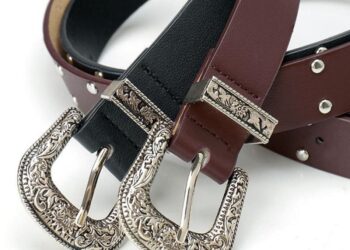The geisha class is inextricably linked with Japanese national culture. Today, geisha are a few keepers of national traditions and cultural heritage in their original form.
In the geisha quarters, ancient methods of training and education are carefully preserved. Contrary to popular belief, geisha did not and do not engage in prostitution. They are among the most educated women in Japan. Their main task is to entertain guests at traditional and cultural events, including tea ceremonies.
The artistic culture of Japan was formed in conditions of relative isolation from the world, therefore, just like other spheres of society, it can boast of unique forms. In Japan, national art forms were born and continue to develop, the works of which are distributed all over the world – origami (the art of creating paper crafts), ikebana (the art of creating artistic compositions from flowers), netsuke (the art of woodcarving to create small key rings).
Sculpture is considered to be the most ancient art form in Japanese culture. The most ancient evidence of its existence has reached our time already in the Jomon era (10 thousand years BC – 300 years BC). Then the Japanese masters made small figures of Shinto gods – dogu. In the future, sculpture has continuously developed, experiencing a boom in classical Japan during the spread of Buddhism. The main material of the sculptures is wood and bronze. The most famous masters are Enku and Mokujiki.
The history of Japanese painting also goes back to ancient times. For her, as well as for other types of Japanese art, a distorted reproduction of reality is characteristic. If the European artistic tradition in modern times went along the path of realism, then the Japanese one – along the path of a kind of symbolism. This cultural phenomenon is still relevant today. Suffice it to recall, for example, the fact that in Japan anime is a much more popular cinematic genre than conventional films and series.















